The future of m-commerce
M-commerce has come a long way since the term was coined in 1997, but how will it change in future to meet customer expectations?
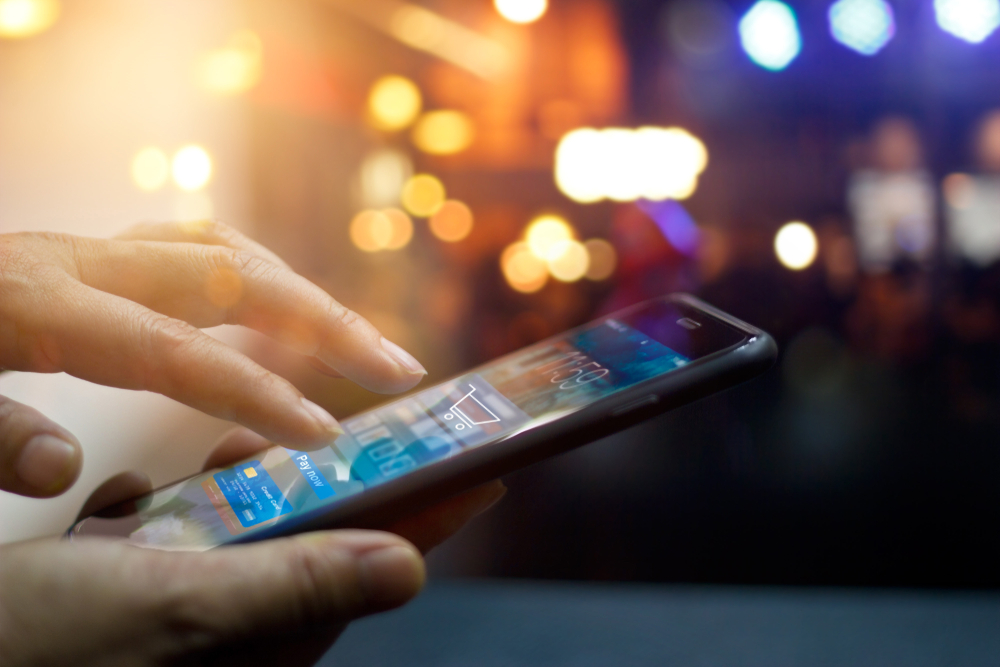

Shopping on smartphones is on the rise, with recent research revealing that mobile commerce (m-commerce) sales now make up more than 70% of online store visits in most industries.
Some people may still prefer using their desktop PCs or even shopping in person, but m-commerce is fast becoming the go-to method of retail, particularly given the decline of high street brands and the various lockdowns of the past two years.
While the shift to m-commerce is perhaps more gradual than first thought - research from ComScore found that desktops were still the most popular devices for shopping on Black Friday and Cyber Monday - it continues to grow in popularity, and developers and retailers are beginning to realise the need to tweak their services to meet the changing demands.
As such, the future of m-commerce is still somewhat undefined and there may be a number of obstacles to hurdle before it becomes the preferred way to shop.
The challenges of m-commerce
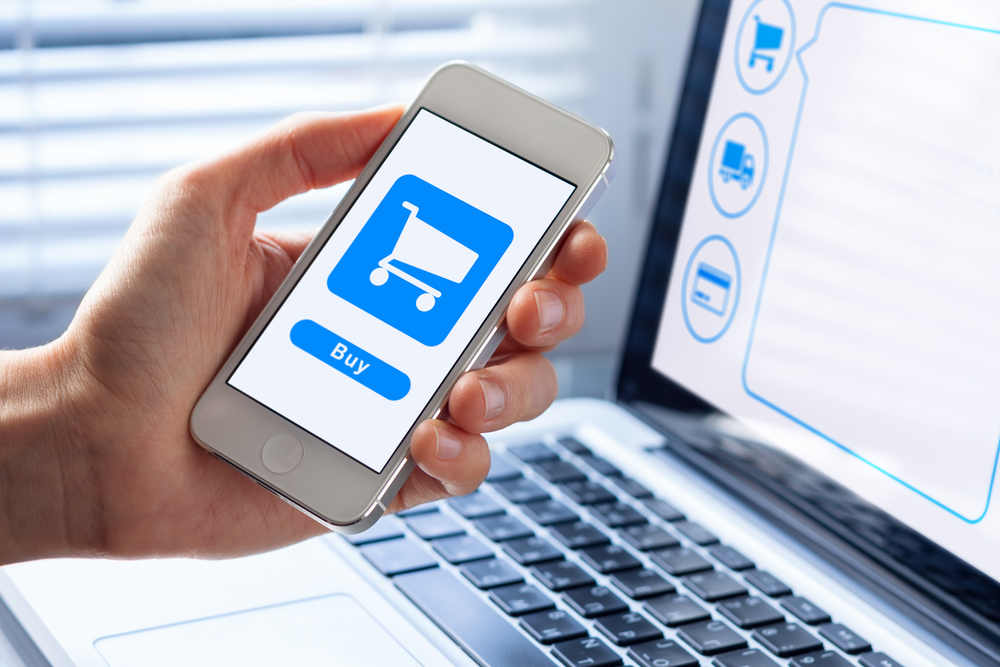
Retail purchases have been moving online at such an alarming rate that many of the UK's biggest brands had gone under long before the pandemic had even hit. Customers have been taken away from the high street by the convenience of online shopping and the likes of Amazon. The next step here is moving from desktop to mobile, which would seem like a logical phase considering more people own a smartphone than a laptop.
However, the experience offered on mobile is still somewhat inferior to the desktop. A lot of this is down to the size of the screen and the perspectives it offers. What's more, retailers often have the same site for both desktop and mobile, so the latter often has a poorly scaled image and certain navigation tools are harder to use.
Connectivity can also play a part, as although networks are far faster and more stable than they were five years ago thanks to the arrival of 4G and 5G, it's not always a certainty that you'll have a reliable connection. There's nothing worse than spending an hour picking the right item, only for your connection to drop as you go to the checkout. It's a frustrating experience that often results in users deciding to hold off on making the actual purchase until they're home.
Get the ITPro daily newsletter
Sign up today and you will receive a free copy of our Future Focus 2025 report - the leading guidance on AI, cybersecurity and other IT challenges as per 700+ senior executives
Users are also generally less comfortable with the idea of entering payment details into a mobile device. Despite improvement to mobile OS security over the years, there's still a perception that mobile devices are less secure than their desktop counterparts.
Solutions to common m-commerce problems
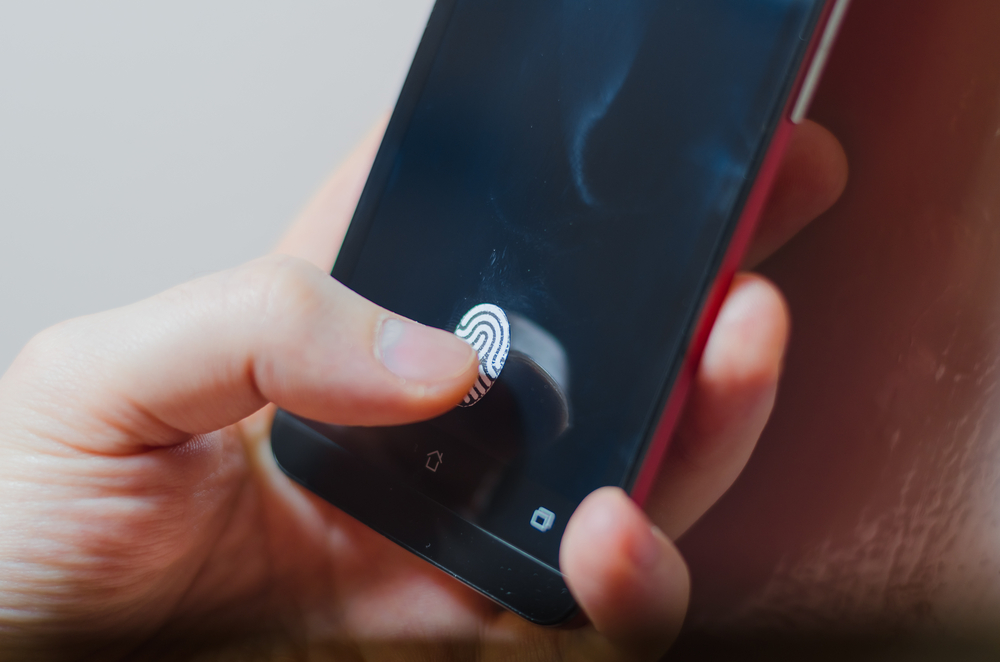
Smartphone manufacturers are already addressing many of these problems, introducing technologies to make transactions more secure, including fingerprint readers that protect devices from unauthorised access.
Retailers are starting to make the experience better too, by introducing apps that have been designed from the ground up to provide a more seamless experience compared to a mobile web store.
Additionally, social networks are making it easier to buy products without even leaving the apps and websites shoppers feel most comfortable using. Just hit the 'buy' button in Facebook, Twitter and Pinterest and the transaction can be completed in a familiar environment.
One-click checkouts are also becoming more popular, meaning customers no longer have to enter all of their payment details with the fear someone's looking over their shoulder. Add into the mix OneTouch from PayPal, and it's giving customers even more peace of mind.
However, there's still some way to go before customers will happily scrap the desktop to shop online.
The future of m-commerce

By 2026, providing a fast experience will be vital for a retailer's success, according to Ovum. This applies if they are providing an experience on desktop or mobile. Whatever a customer is doing, they'll be able to purchase something instantly and know that it will be on the way to their office or home as soon as they click the "confirm" button.
Furthermore, this also applies to the way in which a customer expects their items to be physically shipped to them. Due to the rise of schemes like Amazon Prime, customers expect items to be shipped and delivered the next day at the very least, with some businesses like Argos offering same-day delivery. Obviously, as the e-commerce sector expands and digitalises, this will become increasingly important.
Similar to other sectors, customers now expect their shopping experience to be increasingly relevant to their lives, which means AI and data analysis will become an essential aspect of m-commerce. Recommendations and suggestions will be a crucial tool for retailers, allowing them to combine friend recommendations, social media activity, and previous searches to tailor the experience to them, whether they are using the store online through a web browser or an app.
RELATED RESOURCE
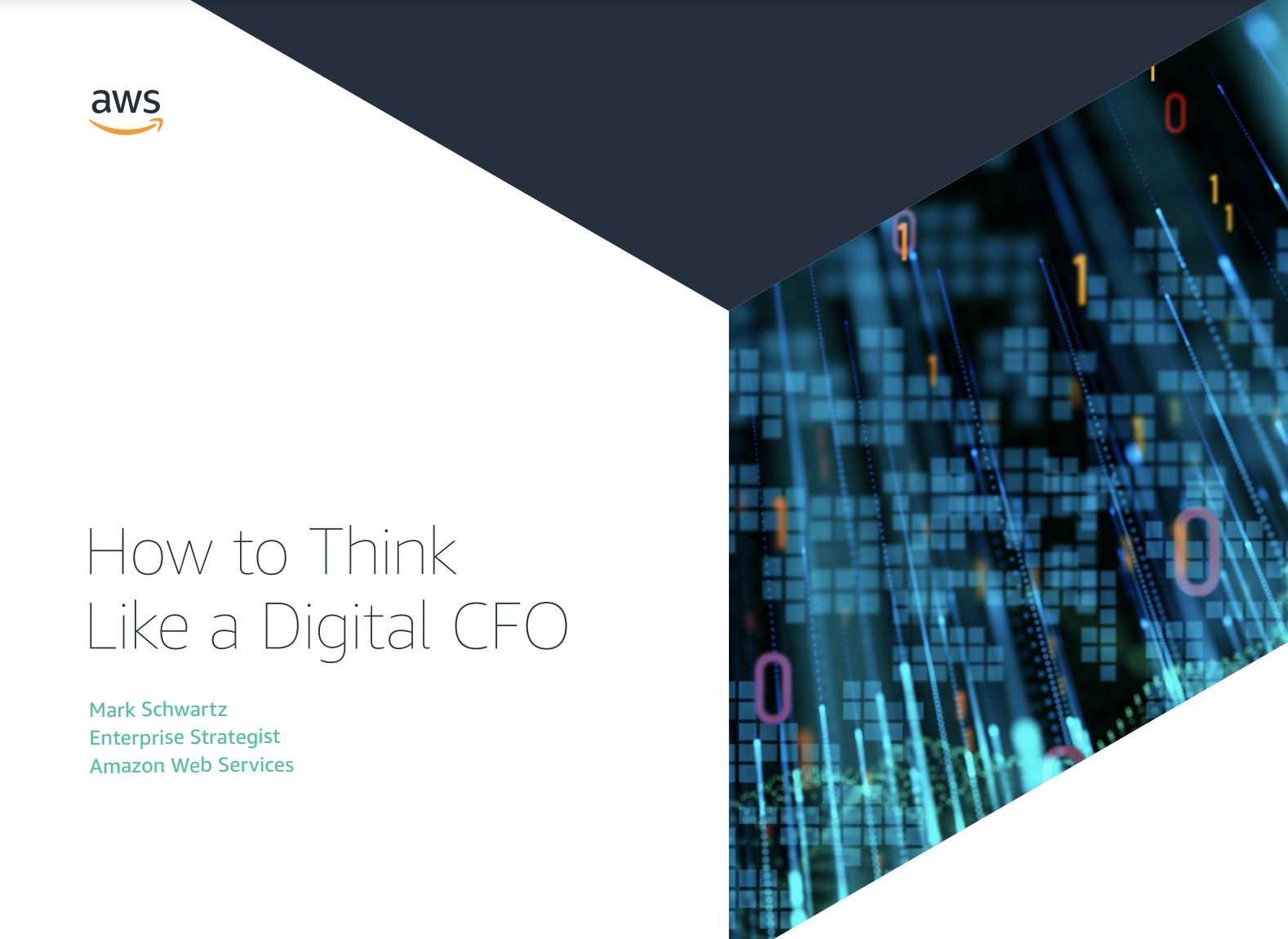
To become more secure, payments will also have to adapt. It is probable that we will see retailers experiment more with authentication, which could be in the form of biometric methods, two-factor authentication or relying on third parties like PayPal to securely process the transaction.
M-commerce is set to provide great opportunities for retailers and increase revenues in the coming years, but the customer experience will be increasingly valued as well, so this should be at the centre of every retailer's business plan – physical store or not.
Although m-commerce has long been blamed for being a threat to brick-and-mortar stores, retailers are now waking up to the opportunity of using smartphones to their advantage. The last year has seen an influx of physical stores enhancing their customer experience with the use of m-commerce in an effort to make shopping as fast and convenient as it is online.
Amazon, Aldi, and Tesco are some of the retailers which have decided to combine the use of mobile apps with the UK’s high street. In all three cases, the companies allow users to streamline their shopping experience by eliminating the inconvenience of queueing to check out items, or having to carry around a wallet. Instead, customers are asked to scan a QR code in the retailer’s app, and then are allowed to choose and pick the items that they wish to purchase and simply walk out, with the receipt mailed to their inbox or made available to view in the app.
So how does the retailer know which item has been chosen by a customer? Amazon Fresh stores, for instance, use depth and motion sensors which hang from the ceiling and monitor what item is chosen, in how many quantities, and whether the customer places it in their shopping bag, or maybe changes their mind and places it back on the shelf instead. Although Amazon Fresh stores avoid the use of any kind of facial recognition technology, Aldi’s Shop&Go shop, which opened in Greenwich earlier this year, uses facial age estimation technology provided by London-based biometrics company Yoti when purchasing age-restricted products such as alcohol.
Whichever technologies m-commerce retailers use, the three trends that they are likely to resonate with customers are relevance, speed, and security – no matter what sector their retail business falls into.

Clare is the founder of Blue Cactus Digital, a digital marketing company that helps ethical and sustainability-focused businesses grow their customer base.
Prior to becoming a marketer, Clare was a journalist, working at a range of mobile device-focused outlets including Know Your Mobile before moving into freelance life.
As a freelance writer, she drew on her expertise in mobility to write features and guides for ITPro, as well as regularly writing news stories on a wide range of topics.
-
 Women show more team spirit when it comes to cybersecurity, yet they're still missing out on opportunities
Women show more team spirit when it comes to cybersecurity, yet they're still missing out on opportunitiesNews While they're more likely to believe that responsibility should be shared, women are less likely to get the necessary training
By Emma Woollacott
-
 OpenAI's new GPT-4.1 models miss the mark on coding tasks
OpenAI's new GPT-4.1 models miss the mark on coding tasksNews OpenAI says its GPT-4.1 model family offers sizable improvements for coding, but tests show competitors still outperform it in key areas.
By Ross Kelly
-
 How IBM and Adobe craft personalization at scale
How IBM and Adobe craft personalization at scaleWhitepaper Combining the content supply chain, CX orchestration, and intelligent commerce for ideal personalization
By ITPro
-
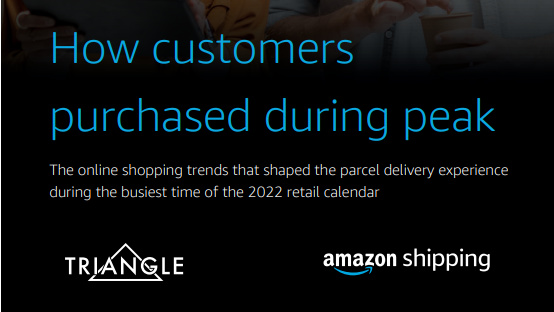 Preparing for peak: How customers purchased during peak
Preparing for peak: How customers purchased during peakwhitepaper The online shopping trends that shaped the parcel delivery experience during the busiest time of the 2022 calendar
By ITPro
-
 How to empower employees to accelerate emissions reduction
How to empower employees to accelerate emissions reductionin depth With ICT accounting for as much as 3% of global carbon emissions, the same as aviation, the industry needs to increase emissions reduction
By Fleur Doidge
-
 Worldwide IT spending to grow 4.3% in 2023, with no significant AI impact
Worldwide IT spending to grow 4.3% in 2023, with no significant AI impactNews Spending patterns have changed as companies take an inward focus
By Rory Bathgate
-
 Report: Female tech workers disproportionately affected by industry layoffs
Report: Female tech workers disproportionately affected by industry layoffsNews Layoffs continue to strike companies throughout the tech industry, with data showing females in both the UK and US are bearing the brunt of them more so than males
By Ross Kelly
-
 How can small businesses cope with inflation?
How can small businesses cope with inflation?Tutorial With high inflation increasing the cost of doing business, how can small businesses weather the storm?
By Sandra Vogel
-
 How to deal with inflation while undergoing digital transformation
How to deal with inflation while undergoing digital transformationIn-depth How can organizations stave off inflation while attempting to grow by digitally transforming their businesses?
By Sandra Vogel
-
 How businesses can use technology to fight inflation
How businesses can use technology to fight inflationTUTORIAL While technology can’t provide all the answers to fight rising inflation, it can help ease the pain on businesses in the long term
By Sandra Vogel